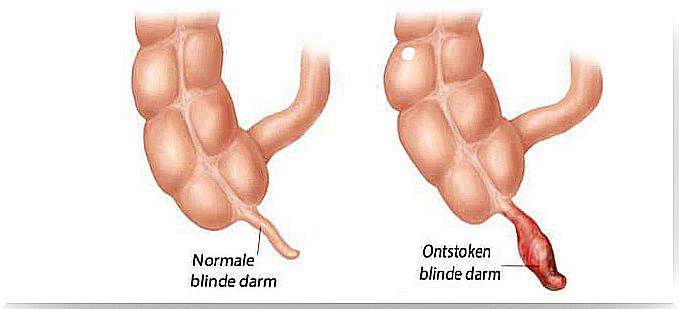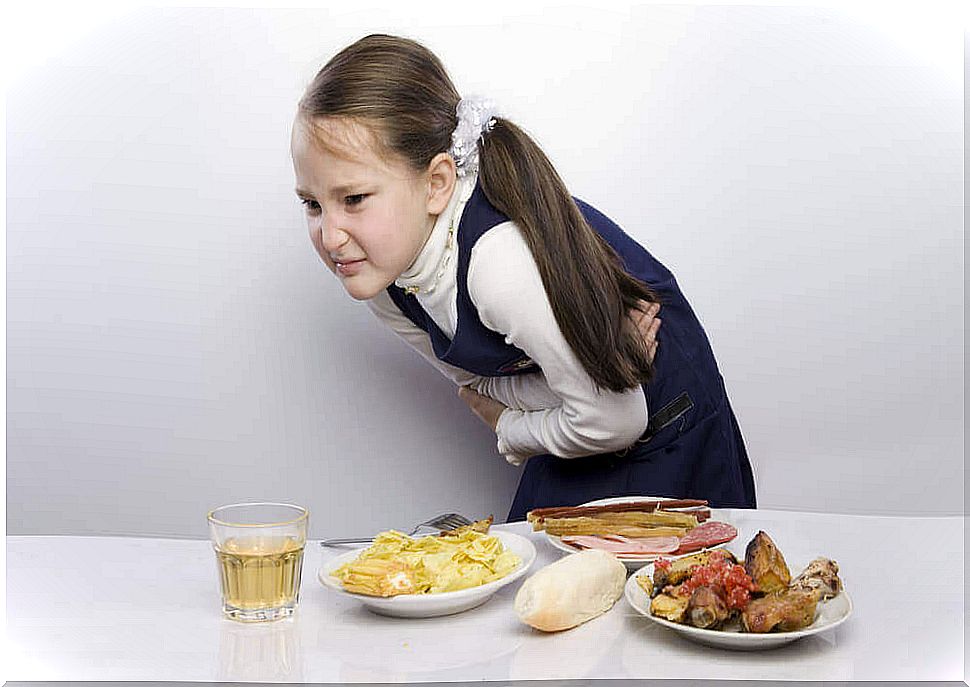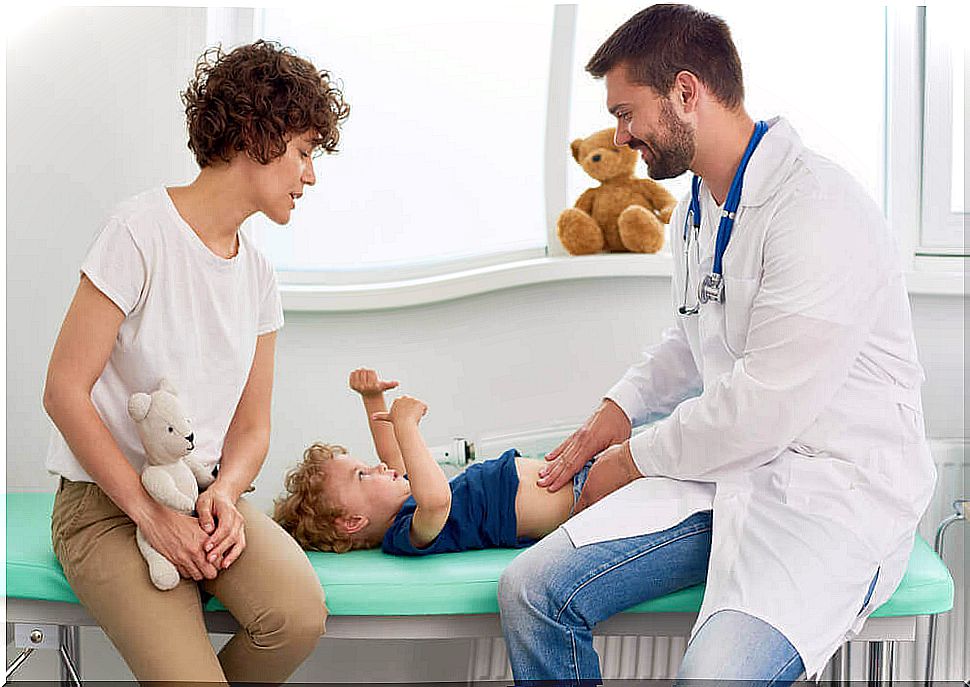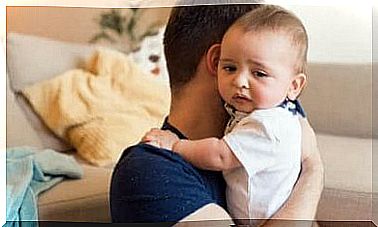Symptoms Of Appendicitis In Children

Appendicitis in children is common.
It is caused by the inflammation of the appendix, a small tubular structure attached to the large intestine. It can occur in people of all ages, although it rarely affects children under two years of age.
The most common symptoms of appendicitis vary by age. However, any doctor is able to make a correct diagnosis and decide whether or not surgery is necessary.
What Causes Appendicitis?

Your appendix can become blocked for several reasons:
- The presence of hardened, dry stools, also known as faeces.
- Inflammation of the lymph nodes in the intestines.
- The presence of parasites.
When your appendix is clogged, it inflames and the first symptom appears: pain. When this happens, bacteria begin to multiply very quickly. The appendix becomes infected and can even rupture if not removed quickly. This can seriously endanger a child’s health, even life.
The main symptoms of appendicitis in children
Just as the appendix can vary in size and location from person to person, there are also variable symptoms of appendicitis in children. These symptoms are fairly common. They can also be caused by other ailments, from simple indigestion to more complex problems.
Not all symptoms may occur. Therefore, consult a doctor as soon as you notice a combination of these. They will have the necessary experience to make a correct diagnosis about the disease.
The appendix can rupture between 24 and 72 hours after symptoms appear, so appendicitis should be taken very seriously.
The most common symptoms
1. Abdominal Pain

This is the most common symptom of appendicitis in children. The pain will be around the navel and then move to the lower right side of the abdomen.
It worsens with light pressure, during a deep breath or while moving. There may also be stiffness in the abdominal muscles or pain when urinating or during bowel movements.
2. Vomiting and Loss of Appetite
Appendicitis in children usually causes a combination of dizziness, nausea, vomiting and loss of appetite.
These symptoms are also common in other diseases. If the symptoms also include pain, it could mean they are related to appendicitis.
3. Leukocytosis
When there is inflammation or an infection has already started, the body defends itself by making more white blood cells.
During lab tests, they can clearly see an increase in the number of white blood cells in the bloodstream.
Less common symptoms
4. Fever

Fever may be present during the first hours of the illness, especially in children. However, this is not common. A high fever can also occur when the inflammation has progressed and the appendix has ruptured. At that point, the waste that was in the organ has already entered the abdominal cavity.
5. Diarrhea or Constipation
These symptoms are not common, but they do happen. Diarrhea will not be excessive or not very liquid. It will occur in small amounts and with mucus.
Constipation can also occur.
6. Abdominal Swelling
A swollen or distended abdomen may occur in the rare event that the patient is a young child or infant.
How do the symptoms vary with age?

In children aged five to 12 years and in adolescents, the symptoms of appendicitis resemble those in adults. They will have a stomachache, vomit and lose appetite.
Appendicitis in children under one year of age is very rare. The main symptom here is abdominal swelling. The next thing that often occurs is vomiting and loss of appetite. However, it is difficult to determine if there is pain because the child cannot point to it.
Because the appendix is so small in infants, it is difficult to induce obstruction and inflammation.
Appendicitis is also rare in children between one and five years old. When it occurs, the main symptoms are pain, fever and vomiting. We must also emphasize that if the tummy is pressed, the child may complain of intense pain.
For children between the ages of five and twelve, the typical movement of the pain from the center of the abdomen to the lower right corner may not occur. Some of these patients develop a fever and have very little diarrhea.
The solution: go to the doctor
Appendicitis can only be treated by surgically removing the appendix. Fortunately, this is a procedure with very few complications. There is no home treatment or natural remedy to treat and reduce an inflamed appendix.
If the infected appendix is not removed, it can rupture and spread bacteria throughout the body. An infection caused by a ruptured appendix is very serious. It can form an abscess, an infection filled with pus, or spread through the abdomen, leading to peritonitis.
Doctors are usually able to accurately diagnose appendicitis in children unless there is an abnormal pain pattern or when a young child is unable to properly describe their symptoms.
An appendectomy is a common procedure and the patient will be able to go home after two to three days in the hospital.









